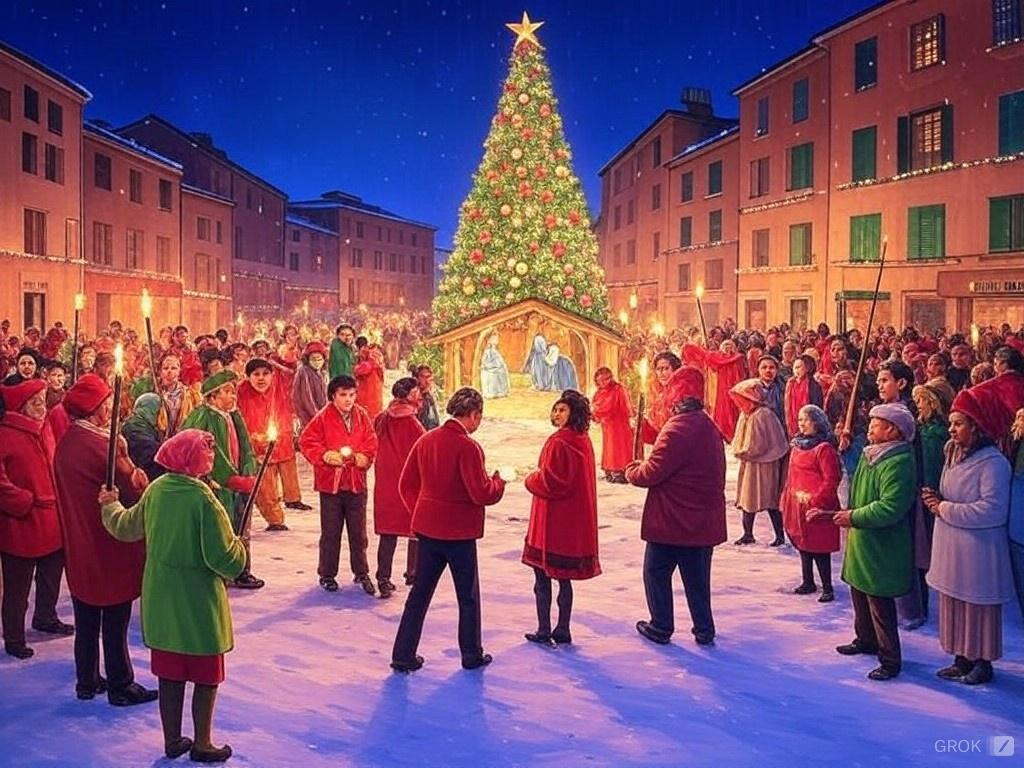J. Aaron Stanley, Composer
Isabella Rhapsody, Op. 4b for Band or Wind Ensemble (Grade 5)
Isabella Rhapsody, Op. 4b for Band or Wind Ensemble (Grade 5)
Couldn't load pickup availability
Isabella Rhapsody, Op. 4b for Band or Wind Ensemble
- Instrumentation: 3.2.4.3.4, 4.4.3.1.2, T+4
- Opus 4b, 2019 (rev. 2021)
- Grade 5
- Duration: c. 5m
Isabella Rhapsody is among several Christmas-inspired works I wrote as a young composer/arranger in my mid-20s. I was attracted to Christmas melodies in part due to nostalgia, but mostly because their familiarity offered an opportunity to create something unlike the thousands of typical, predictable Christmas arrangements we’ve all heard a million times. With expectations firmly set by so many plain vanilla arrangements, it can be a joy to defy those expectations and create interesting surprises. It was good training for a young composer.
Isabella Rhapsody is among the more adventurous of the set (which also includes Carol of the Bells, Greensleeves, Three Kings Fantasy, and Variations on Noel Nouvelët). Although it is clearly based on “Bring a Torch, Jeanette Isabella,” I didn’t feel entirely beholden to the original melody and structure of the song. I chose to riff freely on melodic fragments of the melody, creating a series of episodes, each wildly different from the rest.
The piece opens with an energetic fanfare that leads quickly into the cheerful and somewhat schizophrenic first statement. The oft-changing time signature and accompaniment was suggested by the quirkiness of the original melody.
At 31, the melody finally settles into a stable 12/8 time with the horns laying a minimalistic accompaniment using fragments of the melody. The Euphonium, Flugel, and Trombones carry the slightly altered theme. This relative stability lasts only a short while, though, because at 48, the accompaniment shifts into an unstable bitonal pattern originally notated in 15/8 time (following the accompaniment pattern), but was changed in the 2021 revision to 6/8-9/8, settling into 9/8 (following the melody), which makes the section much easier to perform. The melody here is augmented and first played in the low instruments, then passes to the high instruments. Soon afterward, the instability suddenly "decays" into a very stable homophonic chorale feel at bar 65 in a different key. But it, too, is not to last.
Another sudden transition at 74 leads into yet another key with an energetic, bitonal, quasi-waltz feel while fragments of the melody are played by the Trumpets and high woodwinds and answered in the Trombones, while other fragments lay a repetitive, Celtic-like background pattern.
Then, at 91, the frenetic energy finally dies down into a contemplative choral-like setting, taking a nod from Erik Satie. This time, the melody is in minor mode, but the melancholic and reflective nature of this setting soon gives way to more festivity with the Celtic-like variation starting at 126. This “new” melody, accompanied by drums, builds over three statements, changing key and adding a countermelody in the third iteration before we finally reach the coda at bar 159. Melodic fragments heighten the tension, which builds to a finale that harkens back to the opening fanfare.
Overall, it’s quite a joyride and should be loads of fun for performers and audiences alike.
This work was adapted in 2019 for Band/Wind Ensemble from the original 2003 Brass Band version (which is like adding Technicolor!), then revised and re-engraved in 2021. The revision mostly focused on orchestration and notational changes to make the work more approachable and easier to play.
J. Aaron Stanley, 2021
Share

